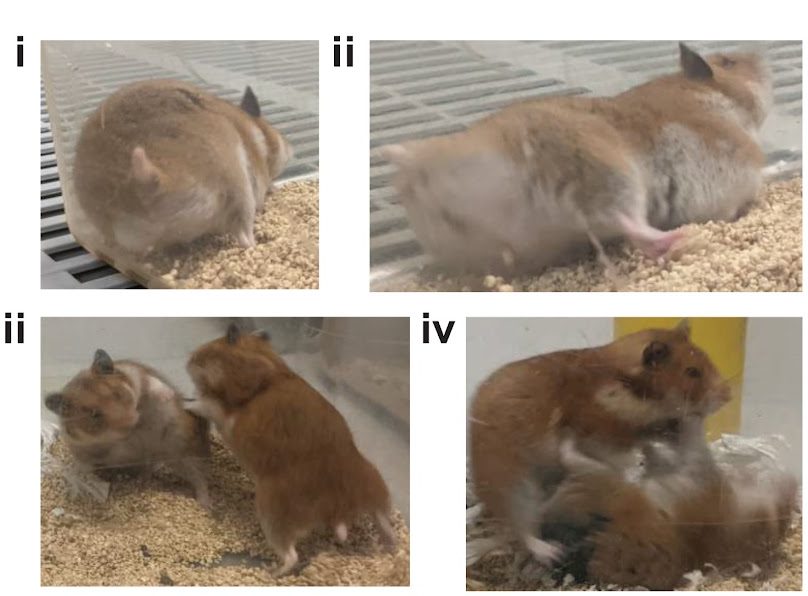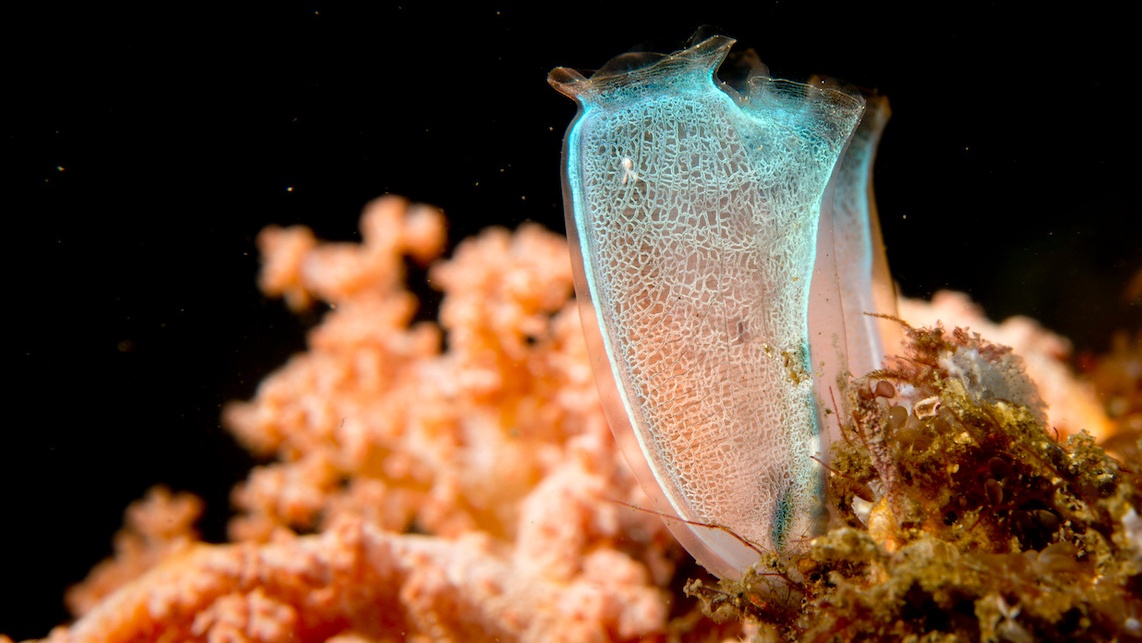Armadillo experiment suggests that we can regenerate human livers with leprosy

- The leprosy-causing bacterium, Mycobacterium leprae, can reprogram gene expression in infected cells to make them more stem cell-like.
- Scientists have now discovered that M. leprae-infected armadillos develop enlarged, healthy livers with gene expression patterns similar to human fetal livers.
- This raises the possibility of somehow utilizing M. leprae to regenerate old or damaged livers.
Anura Rambukkana investigates the bacteria that cause leprosy. However, he isn’t particularly interested in the disease itself; instead, he’s fascinated by the microbe’s ability to cause infected tissue to regenerate.
In Rambukkana’s most recent study published in Cell Reports Medicine, he recruited an unusual organism that rarely shows up in medicinal research: the humble armadillo. He and his colleagues found that Mycobacterium leprae, the bacterium that causes leprosy in people, also causes the armored animal to grow an enlarged, healthy liver.
Leprosy-causing bacteria can cause nerve cells to regenerate
Rambukkana’s interest in M. leprae began nearly 30 years ago, when scientists found that patients with advanced leprosy regenerated damaged peripheral nerves. The microbe was found to infect Schwann cells, a special type of cell that forms a protective sheath around nerves. In 2013, Rambukkana revealed M. leprae’s natural ability to hijack the plasticity and rejuvenative properties of adult Schwann cells in vitro. Essentially, the bacterium partially reprograms the infected cells’ gene expression pattern, causing the cells to enter a stem cell-like state.
Why would M. leprae go through the trouble of turning on a host’s stem cell genes? The bacteria live inside other cells, so when an infected cell replicates, the bacteria can do so as well. Amazingly, Rambukkana found that the reprogramming did not adversely affect the tissue during the early phase of infection.
Rambukkana wanted to know if his findings would hold up in a living animal. Although M. leprae grow well in humans, they don’t grow well in most common lab animals. They do grow on the footpads of genetically engineered mice, and perhaps more conveniently, inside nine-banded armadillos.
And that’s precisely where the microbes for Rambukkana’s 2013 study came from. As explained in an article for Science, Rambukkana contacted a scientist at the Louisiana facility that supplied him the microbes and asked whether they had noticed anything unusual about the infected armadillos. “He said, ‘We always see that the liver is bigger,’” said Rambukkana. “I went crazy.”
M. leprae reprogram liver cells to be younger
In their new study, Rambukkana and his team confirmed that the livers of armadillos with leprosy were about one-third larger than those of uninfected armadillos. More importantly, the livers were healthy, with the same vital components — such as blood vessels, bile ducts, and functional units known as lobules — as the uninfected armadillos. Rambukkana and his team hypothesized that infected cells’ gene expression was being “hijacked” by the bacteria, similar to Schwann cells in their previous work.
To test this, they compared gene expression patterns of infected and uninfected armadillos. Liver cells in armadillos that were infected by the leprosy-causing bacteria became more like stem cells. Genes related to metabolism, growth, and cell proliferation were activated, and those linked with aging were suppressed. In fact, the infected cells’ gene expression patterns were similar to those of human fetal livers, suggesting the possibility of somehow utilizing M. leprae to rejuvenate aging or damaged livers.





